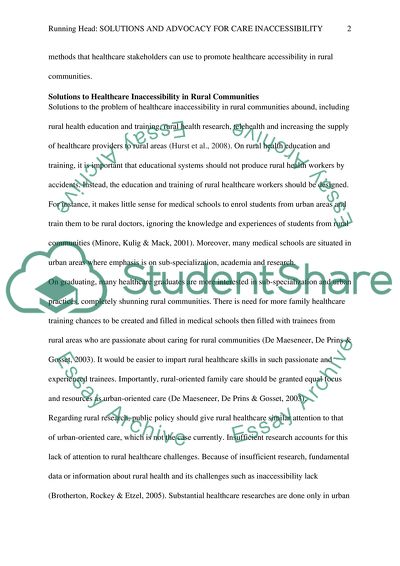Cite this document
(Not Found (#404) - StudentShare, n.d.)
Not Found (#404) - StudentShare. https://studentshare.org/medical-science/1857646-evidence-based-advocacy-methods-used-to-promote-healthcare-accessibility-in-rural-communities
Not Found (#404) - StudentShare. https://studentshare.org/medical-science/1857646-evidence-based-advocacy-methods-used-to-promote-healthcare-accessibility-in-rural-communities
(Not Found (#404) - StudentShare)
Not Found (#404) - StudentShare. https://studentshare.org/medical-science/1857646-evidence-based-advocacy-methods-used-to-promote-healthcare-accessibility-in-rural-communities.
Not Found (#404) - StudentShare. https://studentshare.org/medical-science/1857646-evidence-based-advocacy-methods-used-to-promote-healthcare-accessibility-in-rural-communities.
“Not Found (#404) - StudentShare”. https://studentshare.org/medical-science/1857646-evidence-based-advocacy-methods-used-to-promote-healthcare-accessibility-in-rural-communities.


